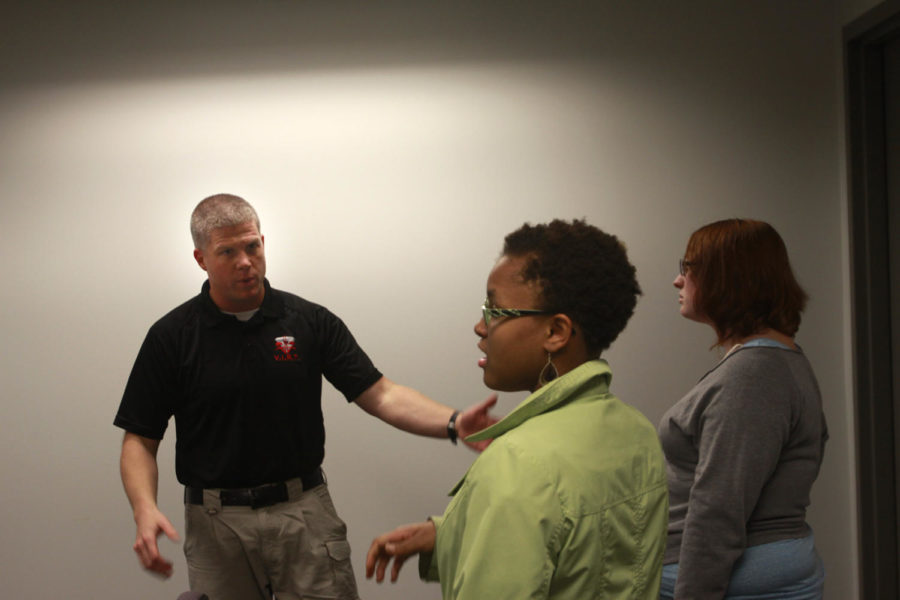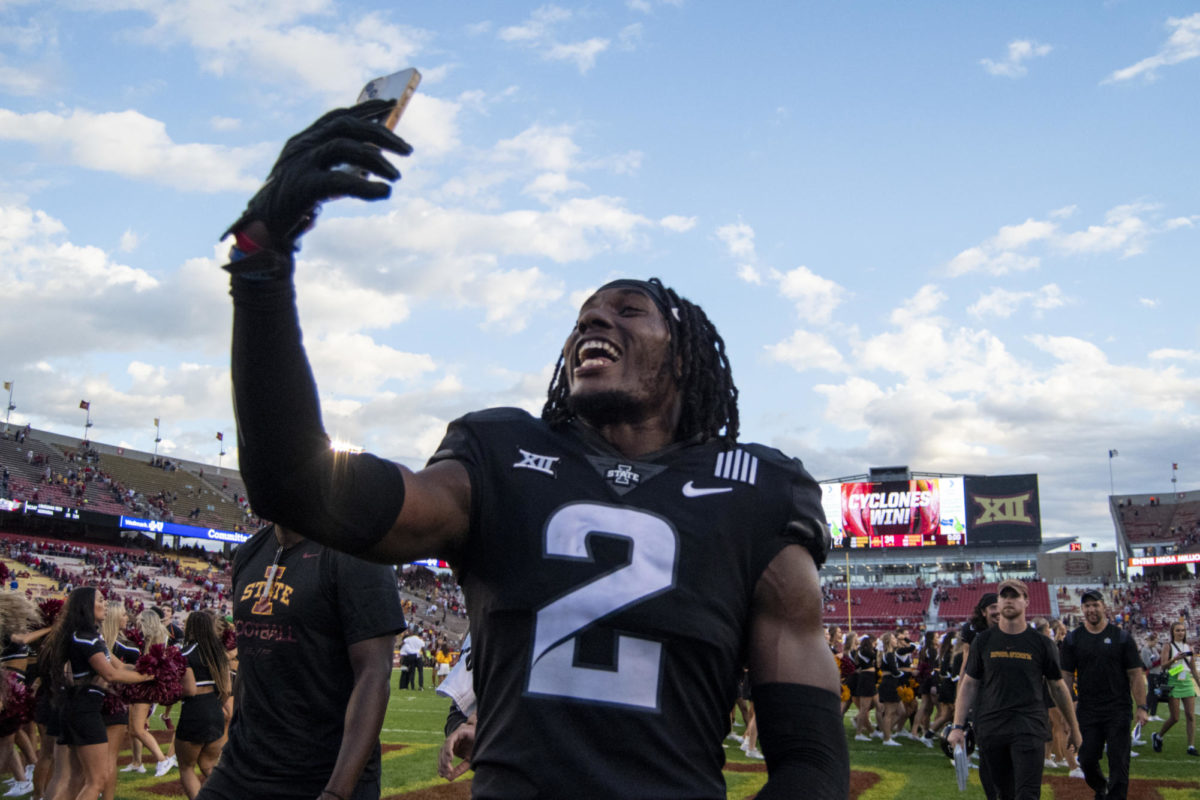Training class responds to campus violence
September 19, 2012
Two officers from ISU Police Department are working to instruct students and staff how to best respond in the event of campus violence. Lt. Elliott Florer and Officer Devon Uric employ a variety of tactics in their three-hour course to teach potentially life-saving techniques.
The class, “Violent Incident Response Training,” has been offered at Iowa State since late 2010. It is free and open to anyone interested.
“The intent behind Violent Incident Response Training is to let people know what their options are in violent incidents,” Florer said. “And it’s not just for campus; this is training that you can take with you anywhere you go, to the supermarket, to the gas station, church, to public events.”
In the class, participants learn how to assess violent situations they may be involved in and how to respond accordingly.
“People have more options than just sitting under their desk or laying down on the floor,” Florer said. “There are other options for survival.”
Greg Miers, senior in supply chain management, went through the training recently and left with an assortment of lessons.
“What we learned can be reality, and we can take away some protective things that will be useful in the situation,” Miers said. “We got a lot of different ideas about what we can use and being aware when a lot of others may not be.”
Approximately 700 to 800 students, faculty and staff have undergone the training, and Florer and Uric are encouraging more people to take part.
“It’s a difficult subject to talk about,” Florer said. “No one wants to feel that they could be a victim of a heinous act like that. But we still have to be prepared.”
Multiple videos are shown during the class, one of which includes a graphic and realistic depiction of a school shooting. Students are not told whether the footage is authentic or fictional, which Florer believes can help prepare them for being part of a violent situation.
“We’re trying to let people know what it’s like inside one of these events, so people don’t have to guess,” Florer said. “When media responds to these incidents, they show you a scene from five blocks away. … We’re trying to let people know what it’s like so they can begin to prepare mentally and physically. They know how bad it’s going to be, and then they can take action in trying to save peoples’ lives.”
Devin Sloan, graduate student in visual arts, took the class and encourages others to do the same.
“Absolutely do it,” Sloan said. “It’s sort of contrary to what you may have learned or interpreted from TV, and it’s really good information.”

















